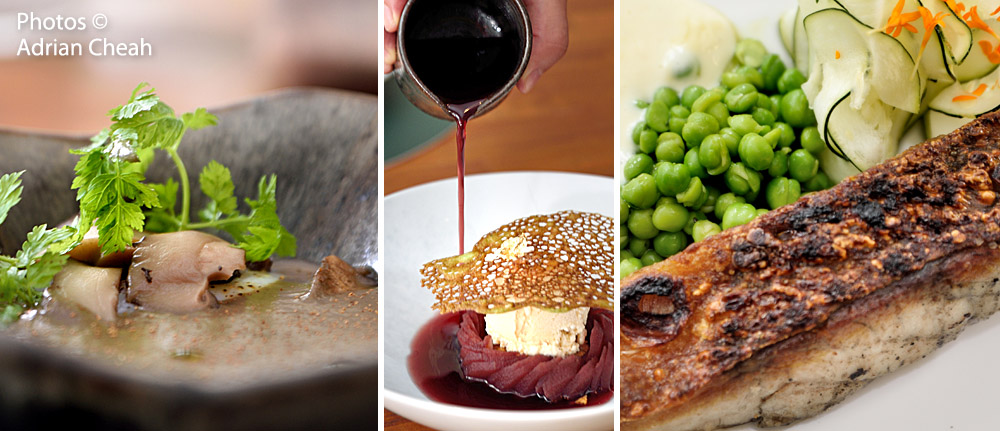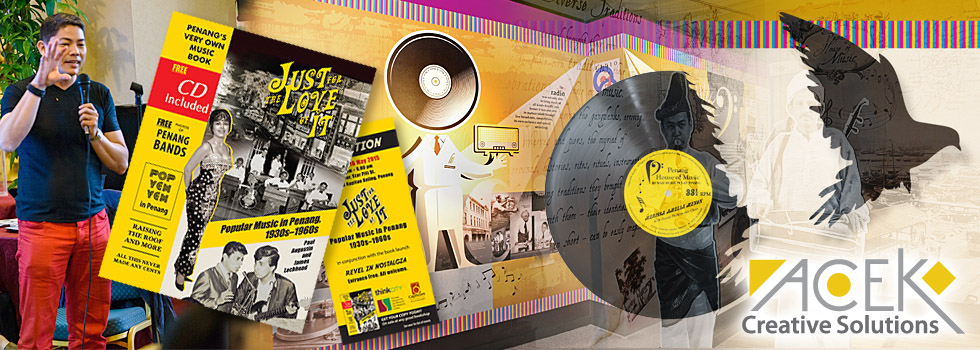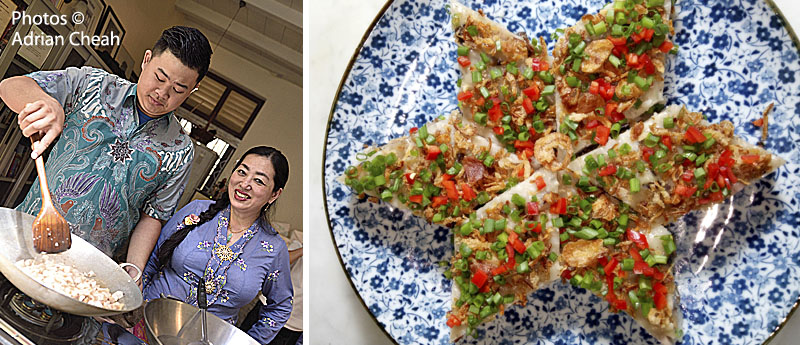Taste and tradition reimagined at T Palace Modern Cuisine

"Life is a grand adventure, or it is nothing." – Helen Keller.
At T Palace Modern Cuisine, the rich legacy of Chinese cuisine unfolds with an avant-garde flair, a culinary haven where tradition coalesces with innovation, and familiar and new flavours intertwine in a symphony of taste. Impeccable quality and daring offerings breathe new life into classic recipes, each dish a visual and gastronomic revelation. Crafted by a creative team of talented chefs, my friends and I discovered this hidden gem, this banquet of delights, in Bukit Mertajam, Penang.
Continue Reading
Tides of candlelight adoration at St. Anne's Feast

One of the largest and most extraordinary religious mass gatherings in Southeast Asia is the St Anne Novena and Feast in the town of Bukit Mertajam in Penang.
Continue Reading
Tze Whay: charting a path of purpose through life's labyrinth

Dr Stefan Phang Tze Whay and I were moulded by the same hands, shaped by the same brilliant and dedicated teachers at La Salle School in Penang, Malaysia. Those formative years, shared with some of the most inspiring educators, laid the foundation for our lives. We were taught to think critically, to understand that our actions impact those around us, to hike, to camp and to revel in the embrace of nature. Our education transcended the classroom, preparing us for life at large. "Education is not the filling of a pail, but the lighting of a fire," as WB Yeats once said. Our teachers ignited that fire within us.
Continue Reading
Chef Sue Ching's artistry at Third Culture Penang

Third Culture Penang offers a "seasonal" menu that draws from the fresh ingredients of Penang and neighbouring states, skilfully prepared by Chef Khor Sue Ching. She deploys French cooking techniques learnt from L’Institut Paul Bocuse in Lyon, France. However, most of her culinary skills were honed not in classrooms, but in the actual kitchens of Michelin-starred restaurants. Learning about this, I eagerly anticipated creative flavours paired with exciting new culinary combinations for a delightful dining experience.
Continue Reading
George Town World Heritage Site: The story of the Chinese in nineteenth-century Penang
By Mark Thompson and Karl Steinberg with photographs by Adrian Cheah

Walk between two of George Town’s most famous landmarks with this illustrated guide. Discover the story of the Chinese in nineteenth-century Penang and explore some of the community’s fascinating characters, customs, architecture and events.
For as long as it has existed, George Town in Penang has attracted travellers and settlers from across the globe and is a true confluence of cultures. Today, this UNESCO World Heritage Site continues to enchant visitors with its traditional charm and its well-preserved historical townscape.
Continue Reading
The elegant Nyonya kebaya – wearable art that knows no seasons

"When in Rome, do as the Romans do" is an oft-quoted maxim about the importance of adapting oneself. Whether or not this bit of wisdom was known to the early Chinese immigrants to Malaysia, some of them eventually married the local folk and adopted Malay customs while remaining quintessentially Chinese in belief and philosophy. The result of this union was the Chinese Peranakan (more commonly known as Babas and Nyonyas), a unique cultural hybrid with a cosmopolitan persona that flourished for centuries throughout Malaysia.
Continue Reading



















